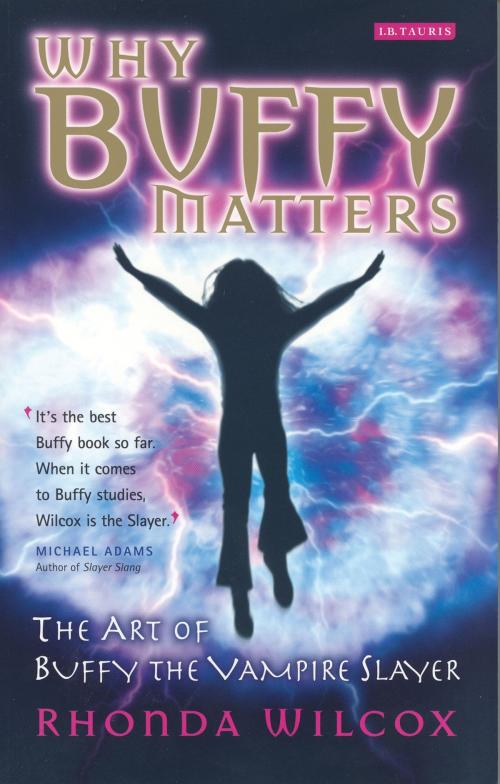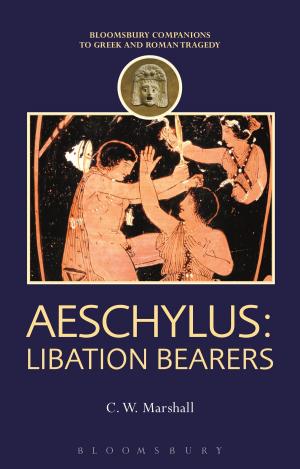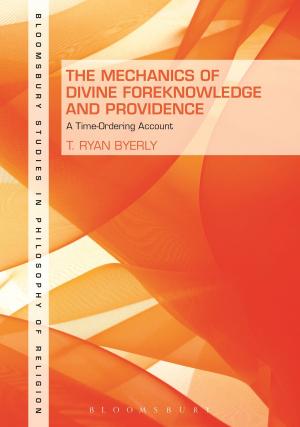Why Buffy Matters
The Art of Buffy the Vampire Slayer
Nonfiction, Entertainment, Television, Performing Arts| Author: | Rhonda Wilcox | ISBN: | 9780857730381 |
| Publisher: | Bloomsbury Publishing | Publication: | August 26, 2005 |
| Imprint: | I.B. Tauris | Language: | English |
| Author: | Rhonda Wilcox |
| ISBN: | 9780857730381 |
| Publisher: | Bloomsbury Publishing |
| Publication: | August 26, 2005 |
| Imprint: | I.B. Tauris |
| Language: | English |
Rhonda Wilcox is a world authority on Buffy the Vampire Slayer, who has been writing and lecturing about the show since its arrival on our screens. This book is the distillation of this remarkable body of work and thought, a celebration of the series that she proposes is an aesthetic test case for television. Buffy is enduring as art, she argues, by exploring its own possibilities for long-term construction as well as producing individual episodes that are powerful in their own right. She examines therefore the larger patterns that extend through many episodes: the hero myth, the imagery of light, naming symbolism, Spike, sex and redemption, Buffy Summers compared and contrasted with Harry Potter. She then moves in to focus on individual episodes, such as the Buffy musical Once More, with Feeling, the largely silent Hush and the dream episode Restless (T.S. Eliot comes to television). She also examines Buffy's ways of making meaning – from literary narrative and symbolism to visual imagery and sound. Combining great intelligence and wit, written for the wide Buffy readership, this is the worthy companion to the show that has claimed and kept the minds and hearts of watchers worldwide.
Rhonda Wilcox is a world authority on Buffy the Vampire Slayer, who has been writing and lecturing about the show since its arrival on our screens. This book is the distillation of this remarkable body of work and thought, a celebration of the series that she proposes is an aesthetic test case for television. Buffy is enduring as art, she argues, by exploring its own possibilities for long-term construction as well as producing individual episodes that are powerful in their own right. She examines therefore the larger patterns that extend through many episodes: the hero myth, the imagery of light, naming symbolism, Spike, sex and redemption, Buffy Summers compared and contrasted with Harry Potter. She then moves in to focus on individual episodes, such as the Buffy musical Once More, with Feeling, the largely silent Hush and the dream episode Restless (T.S. Eliot comes to television). She also examines Buffy's ways of making meaning – from literary narrative and symbolism to visual imagery and sound. Combining great intelligence and wit, written for the wide Buffy readership, this is the worthy companion to the show that has claimed and kept the minds and hearts of watchers worldwide.















